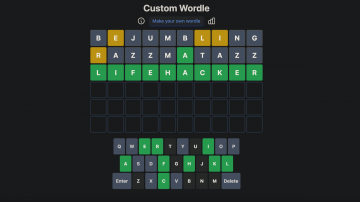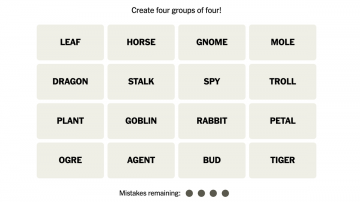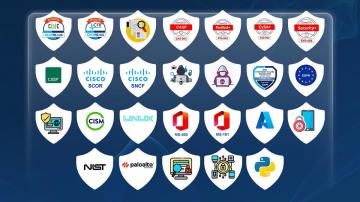Photo: Luca Pape (Shutterstock)
Student loan payments are starting back up soon, and while some borrowers may get a break on their monthly bill, the burden on budgets will increase for many. If your workplace offers employee benefits, you may be able to claim more than $5,000 in tax-free assistance toward your student loans. Here’s how to tap your employer’s educational assistance program.
How to use your employer’s educational assistance benefits
Educational assistance programs typically allow for reimbursement of tuition and fees as well as books, supplies, and equipment for undergraduate- and graduate-level courses—even if they’re not directly related to an employee’s work. Employees can also exclude up to $5,250 in educational assistance benefits from their W-2 wages. (Any benefits received above this amount are taxable.)
Under a plan expansion that began with payments made after March 27, 2020, employees are allowed to use their educational assistance benefit to cover principal and interest on qualified student loans. Payments can be made to the employee or directly to the lender through Dec. 31, 2025.
In order to qualify, your loan must have been taken out for education expenses (such as tuition and fees, room and board, and/or books and supplies) for you, a spouse, or a dependent enrolled at least half-time and cannot have come from a relative or a qualified employer plan.
Of course, just because the law allows benefits to be used for student loan payments doesn’t mean your employer automatically offers this as an option. Educational assistance program plans must be in writing to qualify and meet other requirements laid out by the IRS.
If you’re not sure, request information about your employer’s educational assistance program benefits. According to data collected late last year, some large employers are already offering student loan reimbursement, and others expect to add it to their benefits package. If your current employer doesn’t offer this benefit, it may be worth negotiating it—you can also seek it out if you plan to change jobs.





























































